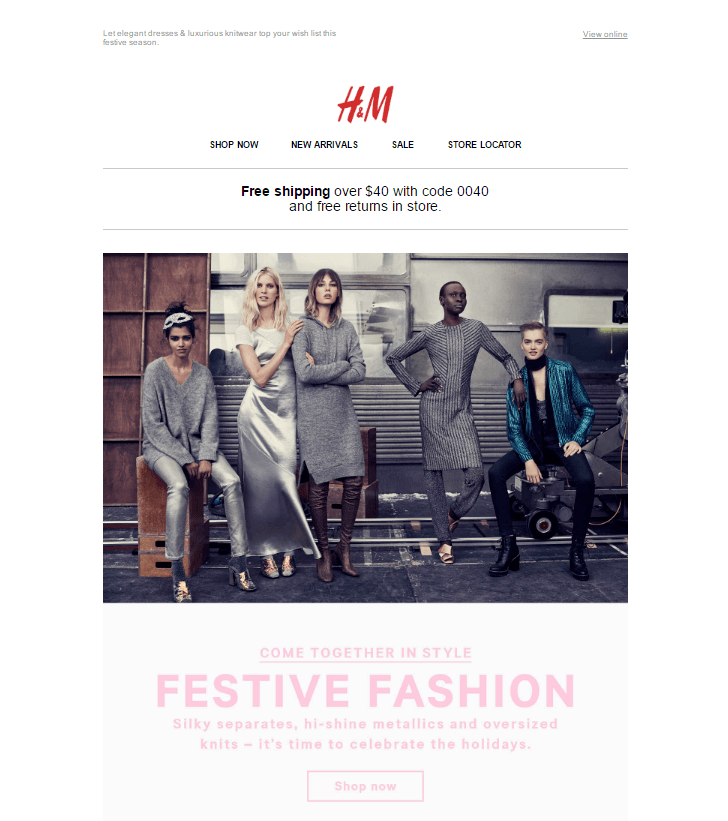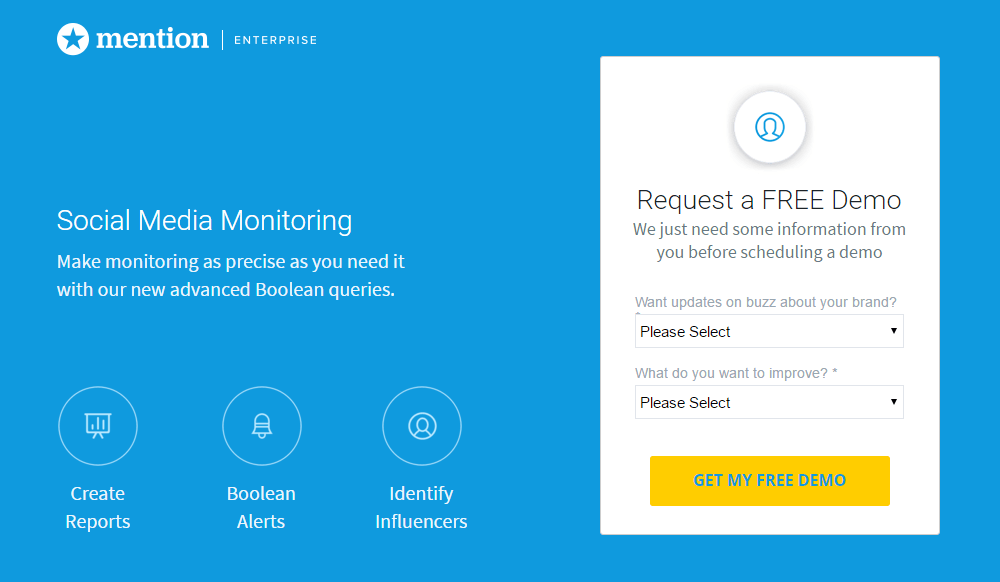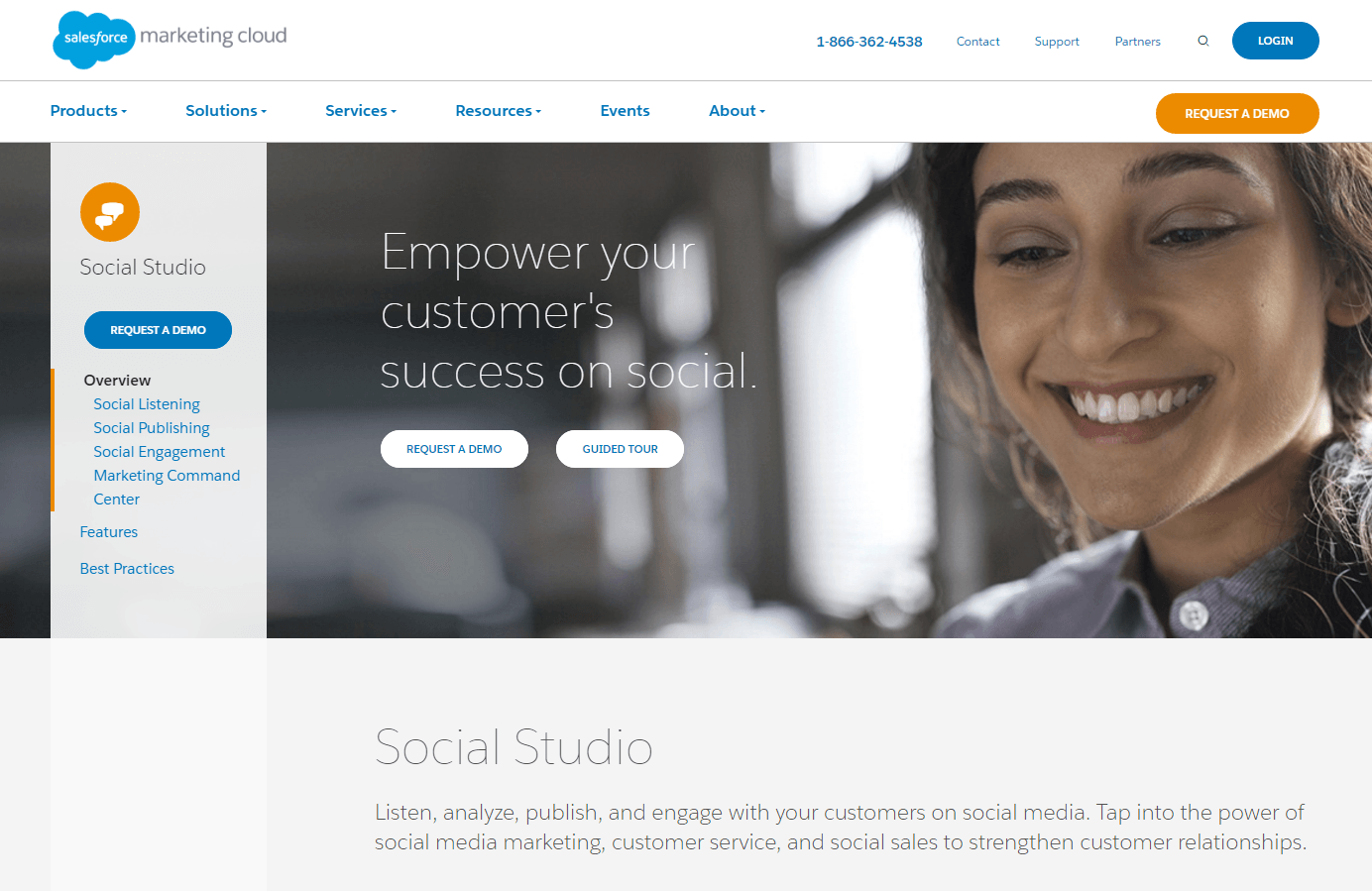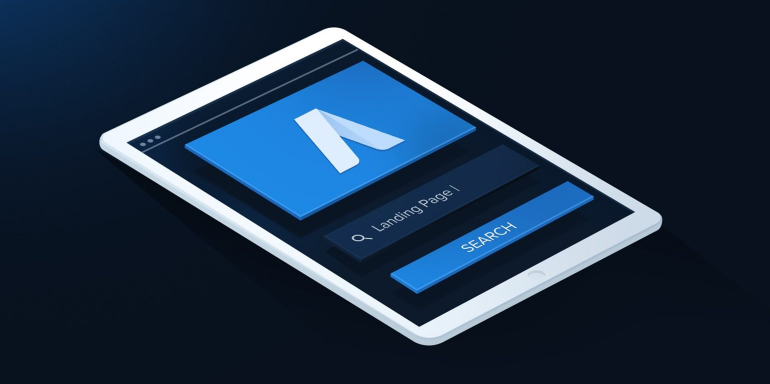You know that when it comes to converting prospects into leads and customers online, no web page does it better than a post-click landing page. But there are so many…
Squeeze pages, splash pages, sales pages, video post-click landing pages, click-through pages… the list is even bigger than you think. So which one should you use for your next campaign?
Well, it depends on the situation. When a visitor has just landed on your website for the first time, a squeeze page does a great job of capturing their email address. After they become a lead and interact with your content, a sales page will convince them to purchase your product.
But what about people who aren’t familiar with your business? How do you turn those prospects into leads with a post-click landing page? And once you do, what type of post-click landing page works to nurture them to sale?
Two of the best are a paid search post-click landing page (PPC post-click landing page) and a marketing automation post-click landing page.
Paid search post-click landing page
The debate over whether it’s better to drive paid search traffic to your homepage or a dedicated post-click landing page is over. If you want to get the most from your ad spend, there’s only one logical place to send your paid search traffic: an optimized paid search post-click landing page.
When Disruptive Advertising’s CEO Jacob Baadsgaard started sending PPC traffic to campaign post-click landing pages years ago, within a week he saw his client’s cost per lead drop by half!

Digital marketing agency, TheeDesign, saw even more impressive results:
Using targeted post-click landing pages with the right campaign structure, we were able to reduce the cost per conversion for a regional retail client from over $650/conversion to under $70/conversion.
That’s nearly a 90% reduction in cost!
These drastic improvements come from two aspects of paid search that PPC post-click landing pages account for — which other pages don’t:
1. Intent
Intent has to do with the mindset your prospect is in when they click your PPC ad. They, unlike people headed to your homepage, are specifically looking for a solution to their problem.
Think of it this way: driving PPC traffic to your homepage is a little like putting an ad in the window of your storefront and then leaving your shop unattended. A passerby might notice the ad and see that you have a solution to their problem, then wander into your store to find it. But when they get in and you’re not there, and they can’t figure out where to find the offer that was advertised in the window, they’re probably going to leave frustrated.
TheeDesign describes what that frustration looks like online:
When you search for ‘local coffee specials,’ how annoying is it to click on an ad for a coffee shop’s 50% off special, only to have it direct you to their home page, leaving you high-and-dry to figure out how to find that 50% off deal? You clicked to learn about a coffee special, but were routed to a page that has nothing to do with the promotion.
Online, if a prospect searches “local coffee specials” and they click a search ad that offers local coffee specials, they want to find content related to local coffee specials on the next page. If they don’t, they won’t stick around and stumble through your website to find it. They’ll hit the back button and find someone who gives them what they’re looking for right away.
2. Focus
The second reason you want to use a PPC post-click landing page to maximize ad spend is because of its focus. post-click landing pages are made specifically to persuade visitors to take action, while your homepage and other pages on your website are not.
A few things your PPC post-click landing page has that most other web pages don’t:
- No navigation, footer, or in-text outbound links to keep visitors from wandering off your page before they convert
- A headline that matches the message of your PPC ad exactly
- Concise, benefit-oriented copy
- Social proof to showcase your company’s authority and popularity
- A form to capture relevant prospect information
- A call-to-action that gets your visitor excited about claiming your offer
- An offer relevant to your prospects’ keyword search
Together, these elements work to convert your prospect in a way that other pages without them can’t. Once they do convert those visitors to leads, many times it’s the job of a marketing automation post-click landing page to nurture those leads further down your marketing funnel toward a sale.
Marketing automation post-click landing pages
Now that you have your lead’s information in your company database, it’s time to use technology to slowly convince them to become a customer.
Marketing automation tools like MailChimp for email, Salesforce for customer relationship management, and GoToWebinar for online seminars, are all effective at guiding your leads from the top of your marketing funnel toward the bottom. That is if they’re used correctly.
When used incorrectly, it’s no better than driving a searching prospect to your homepage after clicking a PPC ad. An example:
I’ve purchased clothing online from the men’s department at H&M before, and the company has my email address. Today, I see this email in my inbox:

I like product discounts — but on silky separates, hi-shine metallics, and oversized knits? Not for me…
If the company knows I’ve purchased from the men’s department multiple times, I should probably be on a mailing list for male products. Instead, I received an email that drove me to the women’s section of the site. This is a wasted opportunity.
Similarly, if your lead has claimed an ebook on copywriting, it’d make sense to send them an email that offers expert copywriting lessons.
If they cite “identifying the right technology to meet my needs” as their number one organizational problem, then invite them to attend your webinar on picking the right marketing software.
The biggest strength of marketing automation is its ability to offer personalization at scale. Your marketing automation efforts and your marketing automation post-click landing pages should reflect that.
Key differences between PPC post-click landing pages and marketing automation post-click landing pages
Marketing automation post-click landing pages and PPC post-click landing pages share a lot of similarities. They both need to have compelling calls-to-action, benefit-oriented copy, and non-existent navigation menus.
But, preparing to be found by a searching prospect and nurturing an existing lead are two very different situations. That means there are also going to be a few differences between your PPC post-click landing page and your marketing automation post-click landing page.
The most important elements of paid search post-click landing pages
1. On-target message match
The most important thing to get right on a PPC post-click landing page is message match. The PPC ad that your prospect clicks is what meets their search criteria and sets the expectation for your post-click landing page. Your post-click landing page has to meet that expectation by offering what your ad is advertising with the same language.
We know that sounds obvious, but you’d be surprised at how many businesses will offer searchers one thing, and present something off-target. Here’s a great example of message match from Mention:
First, the ad:

Then, the corresponding post-click landing page:

I searched “social media monitoring,” and saw that advertisement, which offered a demo of a social media monitoring tool. When I clicked the ad, I got exactly what I expected — an offer for a demo of a social media monitoring tool.
Here’s an example of bad message match from the same search:

There’s a mention of social here, but the ad promised a social media monitoring tool. Why am I driven to a page that shows me an overview of an entire suite instead of the social monitoring tool I want? I’m not going to scroll or click to hunt for it; I’m just going to hit the back button and click another paid search ad until I get what I’m looking for right away.
We may sound like we’re being sticklers here, but it really is crucial that every one of your promotions has its own targeted post-click landing page. Jacob Baadsgaard and the team at TheeDesign will back us up on this one.
2. A non-threatening form
You may not realize it, but the prospects navigating to your paid search post-click landing pages are special. Here’s why…
Normally you have to piece together clues to figure out where your potential customers are in the buyer’s journey. Let’s use Instapage as an example.
Here, we can probably assume that if our website visitors have downloaded an ebook or a tip sheet, they’re at the top. If they’ve begun a free trial, we can comfortably assume they’re closer to the bottom. Many times, though, you can’t know for sure.
The people on your PPC post-click landing page, on the other hand, are telling you exactly what they want. If they search “post-click landing page software,” we know they want post-click landing page software. We know they’re looking for our product and they’re not just on our website to claim free content.
So, it’s crucial not to scare these prospects away. Don’t make them fill out a giant form when they land on your PPC post-click landing page. The emphasis here should be to get the minimal amount of information needed to qualify leads and nurture them to sale.
Include as few fields on your form as possible, and make the conversion process as frictionless as you can by using tools like social autofill and multi-step registration. The primary goal here should be to get leads into your funnel.
3. An offer that matches the search
This should be obvious, but along with message match, your PPC post-click landing page should have offer match — meaning, the offer on your post-click landing page should match what the prospect is searching for.
For example, if I search “social media monitoring tool,” I don’t want to click on an ad that reads “social media monitoring tool” and get offered a tip sheet on how to use social monitoring to boost lead generation, or a “state of social monitoring” report. I want to learn about a social media monitoring tool that could work for my business. In this case, a product demo or a case study on how a brand used a specific social media monitoring tool would be more relevant to the searcher.
4. Social proof
For many prospects, this will be the first time they interact with your brand. Think about it — if they knew you had a solution to their problem, they would’ve just headed directly to your website. But they didn’t. They typed “CRM system” or “retargeting software” into Google, and now they’re on your post-click landing page.
One of the best ways to convince your prospects quickly that they should choose your product is by using social proof like…
Counters that let them know how many people have already chosen your product.
Company logos that showcase the big-name clients you’ve worked with, or the well-known publications you’ve been featured in.
Highly detailed testimonials from people who have found your product useful. The more they share — name, title, company, specific ROI — the more convincing it is.
The most important elements of marketing automation post-click landing pages
1. A different form
If you’re using mid-funnel marketing automation tools like MailChimp and Salesforce CRM, you already have an email address, and maybe a first and last name. Now what?
Don’t keep collecting the same information. Ask different questions on your form – ones that will help you better qualify your lead.
If you already have a lead profile in your CRM that includes name, email address, and company size, pre-populate those fields on your marketing automation post-click landing page’s form to make converting again easier for your lead. Also, maybe ask them what their biggest marketing challenge is, or how they heard about your company.
2. A more enticing offer
You convinced your prospect to hand over their name, email, and professional title in exchange for a short tip sheet on your lead capture post-click landing page – but on your marketing automation post-click landing page, you need to give them something better.
If you’re going to ask for more information on your form, your offer needs to be more valuable. Nobody’s going to want to complete 15 fields in exchange for your 5-page “ebook” on email marketing. Offer step-by-step plans, case studies, tools, and even templates that encourage your leads to tell you more about themselves.
3. An appropriate offer
This has less to do with the quality of the offer and more about the type. Your leads might want to claim your ebooks and tip sheets at every stage of the buyer’s journey, but it’s content like demos, case studies, and webinars that’ll get them closer to becoming a customer. Valuable top-of-funnel offer and bottom-funnel offers look very different. Use this report to help figure out what to offer your leads when.
4. Personalization
This comes back to using what you know about your lead to personalize their experience as much as possible. We’ve said it already, but it’s important enough to stress again: you already know something about these people. Use that information to make them feel special, offer them something they’ll actually use, and make it easier for them to convert by pre-populating form fields they’ve completed before.
There’s a time and place for both marketing automation post-click landing pages and PPC post-click landing pages
Remember: both of these pages are powerful. It’s just that they’re simply better to use in different situations — and they produce the best results when they’re used together.
Get your prospects into your marketing funnel with a PPC post-click landing page, and nurture them to sale with a marketing automation post-click landing page. Start building your pages with Instapage, sign up for Enterprise demo today.

See the Instapage Enterprise Plan in Action.
Demo includes AdMap™, Personalization, AMP,
Global Blocks, heatmaps & more.
